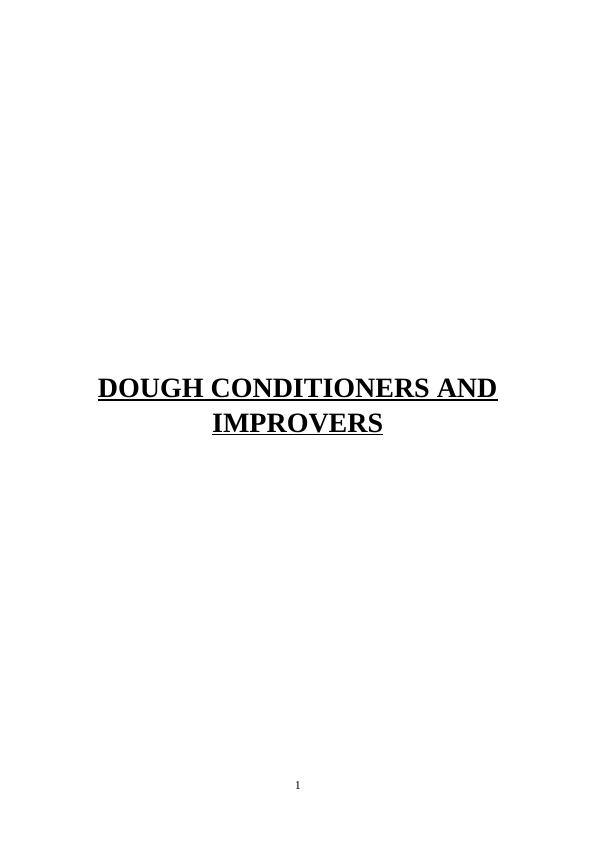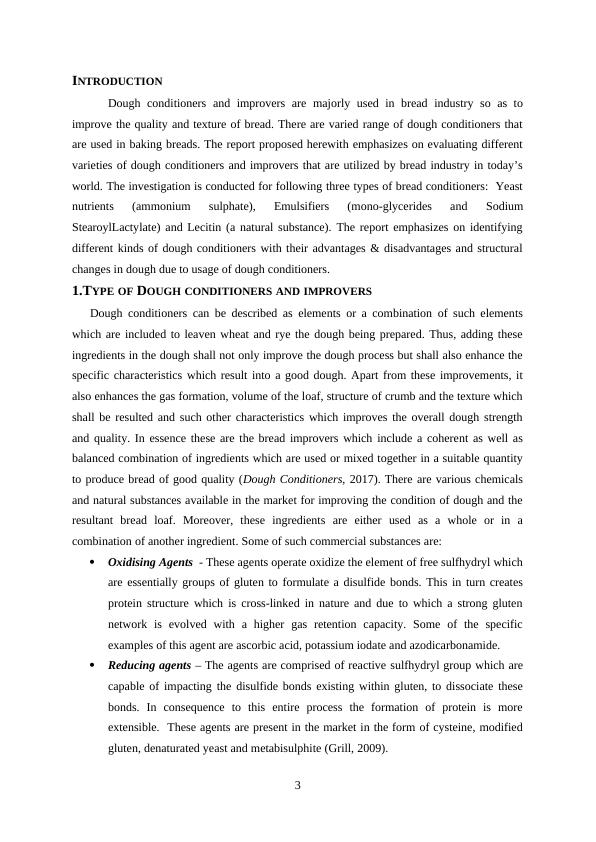Dough Conditioners and Improvers
9 Pages2270 Words217 Views
Added on 2023-04-05
About This Document
This report evaluates the types of dough conditioners and improvers used in the bread industry, including yeast nutrients, emulsifiers, and lecithin. It discusses the advantages and disadvantages of using these additives and the structural changes they cause in dough. The report emphasizes the importance of using natural substances and proper baking techniques to overcome the drawbacks of chemical additives.
Dough Conditioners and Improvers
Added on 2023-04-05
ShareRelated Documents
End of preview
Want to access all the pages? Upload your documents or become a member.
Advantages and Disadvantages of Dough
|10
|2708
|658



